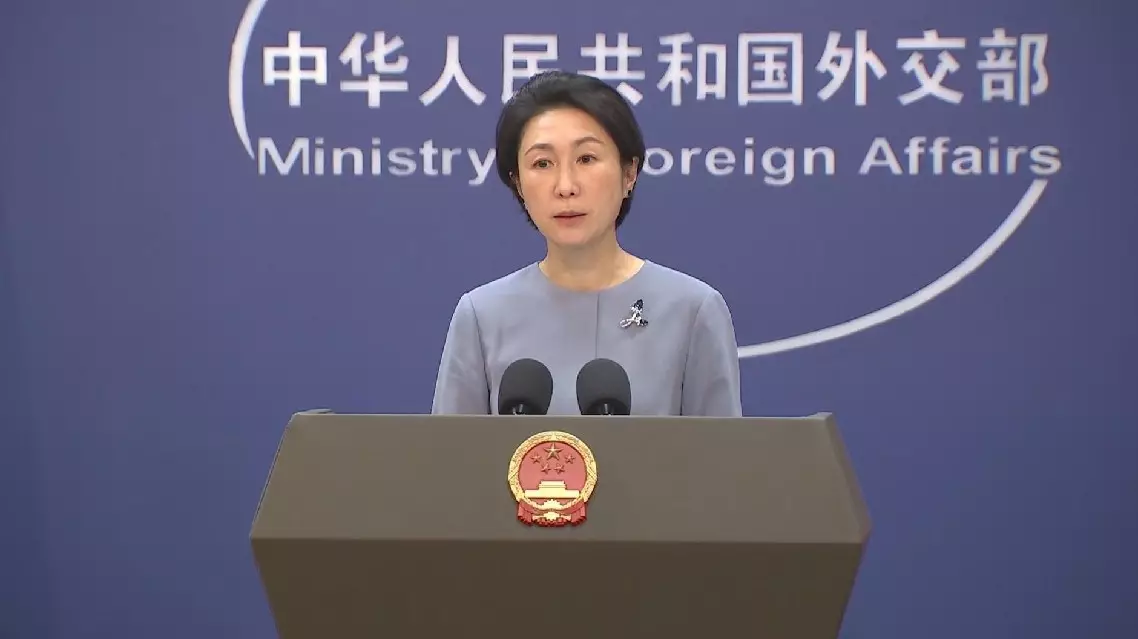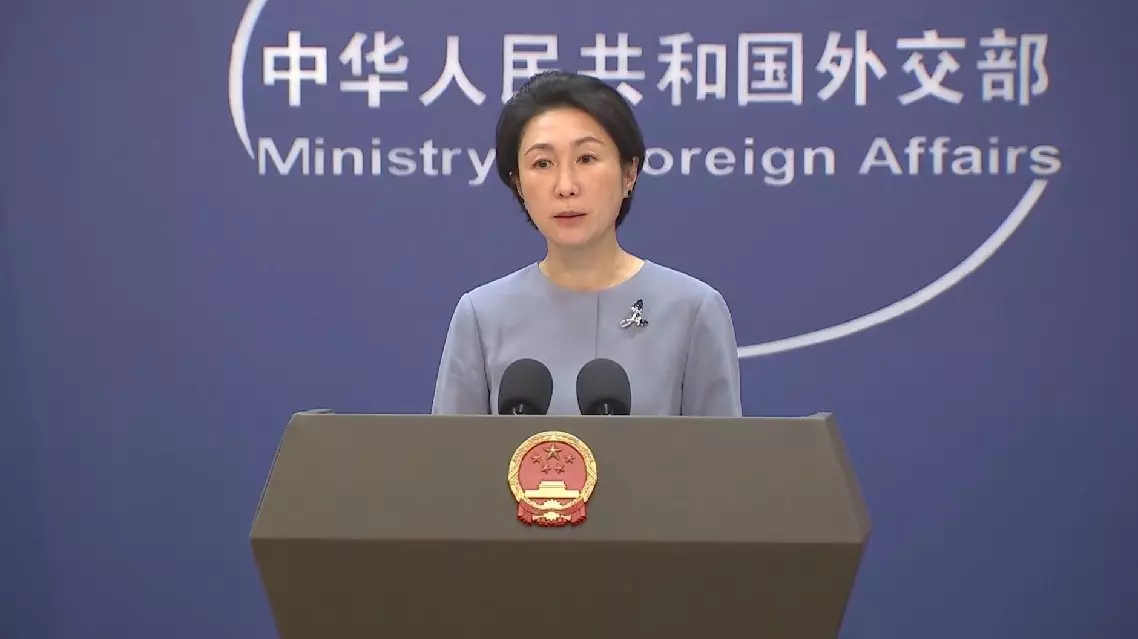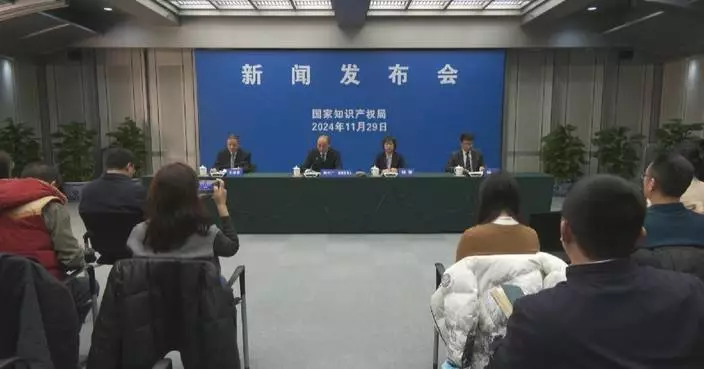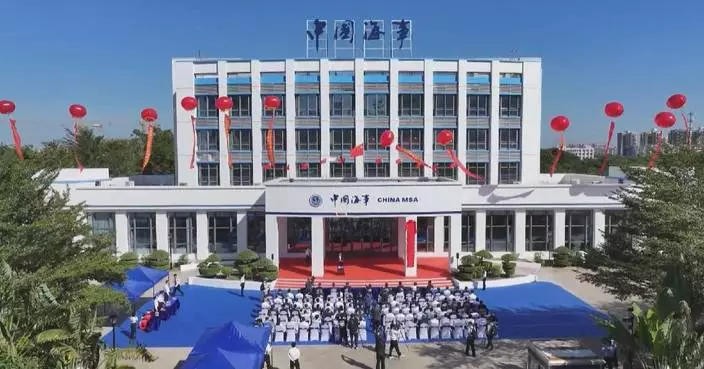China's textile industry has transformed its production lines with smarter, automated technologies, streamlining all its production processes from fiber processing to garment manufacturing, which has boosted efficiency across the supply chain.
In the past, the textile and garment industry used to rely on a "manpower-intensive" model, with hundreds of workers surrounding machines at a single workshop, laboring around the clock.
Today, however, the sets of intelligent equipment on automated production lines have emerged as new stars of the factory floor.
From dyeing and garment manufacturing to folding and packing, these smart machines are revolutionizing the entire process, turning the workshop into a tech-driven, highly efficient environment.
The process of production from raw material feeding to the roll-off of finished garment is a complex one, and surprisingly, it all starts with a single drop of oil.
From crude oil, paraxylene (PX) is refined -- a key raw material in the production of chemical fibers. PX then undergoes chemical reactions to form purified terephthalic acid (PTA), which is further processed into polyethylene terephthalate (PET), a white, toothpaste-like molten substance. Once cooled, the PET is drawn into ultra-fine filaments, nearly invisible to the naked eye, marking the second step in the process -- drawing.
These delicate strands, as thin as hair, are carefully woven into undyed fabric. In the next phase, the fabric is dyed and printed, undergoing a transformation from its raw, colorless form into a vibrant, multi-colored textile. This sets the stage for the final step -- sewing.
At last, the dyed fabric is sewn into finished garments, completing a journey that begins with crude oil and ends with a ready-to-wear product.
Today, China stands as the world's largest producer and exporter of clothing, with the most complete industrial system. The country produces over 70 billion garments each year -- enough to provide nearly 8.75 garments for every person on the Earth.
According to statistics, China currently has nearly 28 million apparel-related enterprises, with 5.03 million new businesses registered in 2024 as of September. The total number of new registrations this year is expected to exceed last year's figure.
Data from the National Bureau of Statistics show that since 2023, the retail market for clothing, shoes, hats and textiles has seen a strong recovery, with annual sales surpassing 1.4 trillion yuan (about 193.3 billion U.S. dollars), reflecting a 12.9 percent year-on-year increase.
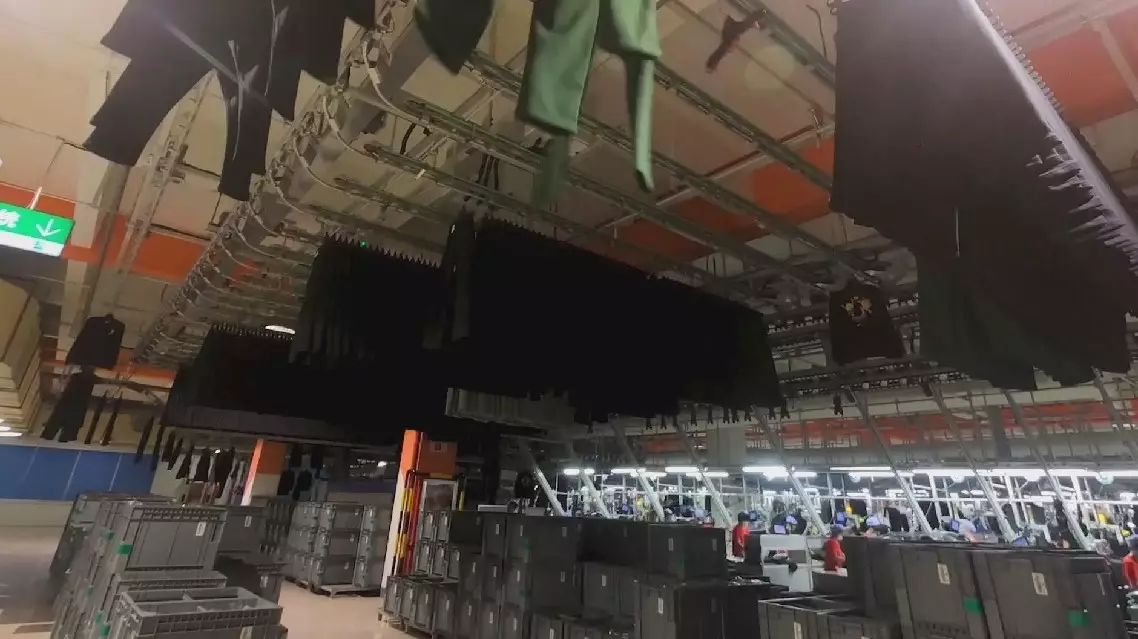
China's textile industry drives efficiency with automation


